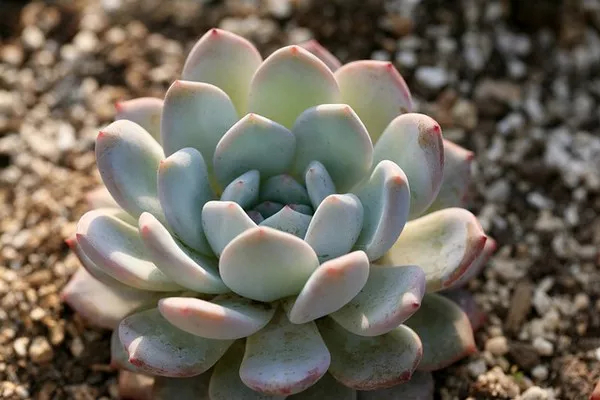Succulents have taken the gardening world by storm with their striking appearance and low maintenance needs. One of the most rewarding ways to expand your succulent collection is by propagating them from clippings. This method not only allows you to multiply your plants but also gives you the satisfaction of nurturing new life. In this article, we’ll delve into what succulent clippings are, provide a step-by-step guide to planting them, discuss their benefits, and offer tips for successful propagation.
What are Succulent Clippings?
Succulent clippings, also known as cuttings or propagations, are sections of a mature succulent plant that are removed and cultivated to grow into new plants. These clippings typically consist of stems, leaves, or both, depending on the species of succulent. Unlike seeds, which can take longer to germinate and establish, clippings offer a quicker and more reliable way to propagate succulents.
A Step-by-Step Guide to Planting Succulent Clippings
1. Select Healthy Clippings: Choose a healthy succulent plant with well-established stems and leaves for propagation. Look for stems that are firm and plump, with no signs of damage or disease.
2. Prepare the Clippings: Using clean, sharp scissors or pruning shears, carefully cut a section of the succulent stem or remove individual leaves. Ensure that each cutting is at least a few inches long to provide enough material for rooting.
3. Allow the Cuttings to Callus: Place the cuttings in a dry, shaded area for a few days to allow the cut ends to callus over. This step is crucial, as it helps prevent rotting when the cuttings are planted.
4. Prepare the Planting Medium: Choose a well-draining potting mix specifically formulated for succulents or create your own by combining equal parts potting soil, perlite, and coarse sand. Fill a small pot or tray with the planting medium, leaving some space at the top for the cuttings.
5. Plant the Cuttings: Once the cuttings have callused, gently insert the cut end into the planting medium. If you’re propagating leaf cuttings, you can simply lay them on top of the soil, pressing them down slightly to ensure good contact.
6. Water Sparingly: Water the cuttings lightly, being careful not to overwater. Succulent cuttings are prone to rot if they sit in soggy soil, so it’s essential to keep the soil lightly moist but not waterlogged.
7. Provide Indirect Light: Place the newly planted cuttings in a bright, indirect light location. Avoid exposing them to direct sunlight, as this can scorch the delicate cuttings.
8. Monitor Growth: Keep an eye on the cuttings for signs of growth, such as new roots or shoots. Depending on the species and environmental conditions, roots may start to develop within a few weeks to a few months.
9. Transplanting: Once the cuttings have established roots and are actively growing, they can be transplanted into individual pots or incorporated into existing succulent arrangements.
Benefits of Succulent Clippings
1. Cost-Effective: Propagating succulents from clippings is a cost-effective way to expand your collection without having to purchase new plants.
2. Genetic Variation: Clippings allow you to propagate exact replicas of the parent plant, preserving its unique characteristics. Additionally, they offer the opportunity for experimentation and hybridization, leading to new and exciting variations.
3. Quick Results: Unlike growing succulents from seeds, which can take months to germinate and grow, clippings often root and establish much more quickly, providing faster results.
4. Sustainable Gardening: Propagating succulents from clippings promotes sustainable gardening practices by reducing the need for commercially produced plants and minimizing waste.
Tips for Planting Successful Succulent Clippings
1. Choose the Right Time: Spring and early summer are the best times to propagate succulent clippings when plants are actively growing and conditions are favorable for root development.
2. Use Well-Draining Soil: Succulents thrive in well-draining soil that allows excess water to flow through quickly. Avoid heavy, moisture-retentive soils that can lead to root rot.
3. Avoid Overwatering: Succulent cuttings are highly susceptible to rot if overwatered. Allow the soil to dry out slightly between waterings and always err on the side of underwatering rather than overwatering.
4. Provide Adequate Light: While succulents prefer bright, indirect light, they can tolerate lower light conditions. However, insufficient light can result in leggy growth and poor root development.
5. Be Patient: Rooting and establishing succulent clippings can take time, so be patient and avoid disturbing the cuttings unnecessarily. With proper care and patience, you’ll soon be rewarded with healthy, thriving plants.
Conclusion
In conclusion, propagating succulent clippings is a rewarding and accessible way to expand your succulent collection while promoting sustainable gardening practices. By following the step-by-step guide and implementing the tips provided, you can enjoy success in growing your own succulent garden from clippings.


